Poverty by design
.
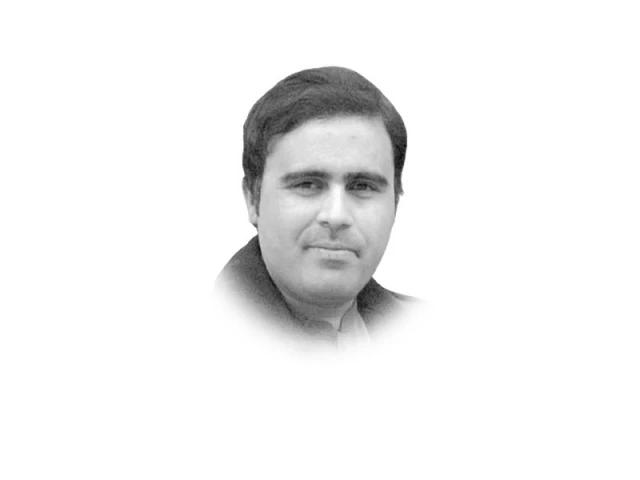
The new World Bank report Reclaiming Momentum Towards Prosperity is a brutal reminder that Pakistan's growth and development model has chewed through two decades of progress and spat out the poor. Poverty, once on a downward trajectory, is climbing again — and the climb is steep.
Let's call the numbers out for what they really are. Poverty showed a decline from 64.3% in 2001-02 to 21.9% in 2018-19 and 18.3% (a chance we failed to build on) in 2021-22 but then increased to 25.3% in 2023-24. A seven percentage point jolt and nothing short of a shock in just two years.
True to their form, our leaders always have lullabies handy: Covid-19, the political turmoil after PTI's ouster and the floods that tore through the country in 2022, the risk of default in 2023 alongside inflation clawing its way to 40% — even terrorism whenever the drama requires it. No doubt that all of this has happened but should we — as willing accomplices — play onlookers while poverty cuffs millions in her ruthless hold? When did leadership shrink into hiding behind a crisis of its own making instead of standing guard for the masses? Why does a crisis, a flood or a pandemic become an all-purpose alibi for failure in this country?
Take education and health. Too many children can't string together even a simple sentence after half a decade in school; and our bare and broken public hospitals are little more than holding pens or waiting halls (if patients are respected) for the sick and desperate. Meanwhile, the government clings to its old crutch — indirect taxation — and drains every last rupee from the ghareeb while the ameer saunter away unscathed.
The truth is that structural rot keeps very many a Pakistani chained to poverty. Elite capture is the country's unofficial economic model. Poor public service delivery, regressive fiscal policies and a strangled labour market ensure that mobility (much like climbing a ladder with its rungs missing) is only a fantasy. Let's not forget another sacred cow: remittances, the shiny bauble policymakers love to wave around. They may pad the foreign exchange reserves but they flow — yes, they flow — mainly to better off those who don't fight hunger.
Then there's our so-called progress in human development. Nearly 40% of children are stunted. A quarter of primary school-age children are out of school. Half the country drinks dirty water. A third lives without safe sanitation. Nine out of 10 jobs are in the informal sector and, therefore, as disposable as the plastic bags we theatrically ban but secretly hoard in our kitchens. The very groups who should be powering the country's progress — our women, our youth — remain locked out of opportunities. Next comes the even crueler map of inequality. Rural poverty is more than double the urban rate and in some districts over 70% of people live below the killer line. And yet, we're regularly fed PowerPoints about reforms. No?
This isn't just a crisis; it's a government-made debacle. The numbers don't point to fate, chance or lack of resources. Rather to choices — bad ones, made again and again (and again) by successive governments too busy protecting the elites to protect the poor.
The reversal we're facing isn't a warning — it's a catastrophe in motion. But more indicting still is the paralysis of the government. No foresight, no plan, endless ads, vacuous slogans, phony reforms, hollow committees and the same regurgitated policies that got us here.
Pakistan's poor are drowning — literally in floods, figuratively in inflation, debt and taxes — and the government is standing on the bank, hands in its pockets, explaining why nothing can abe done. Pathetically pathetic!

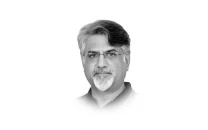
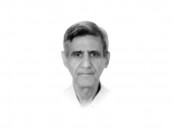


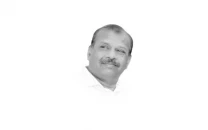

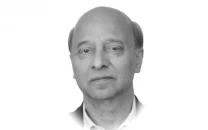
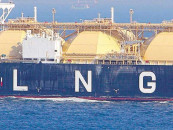

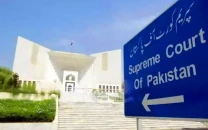

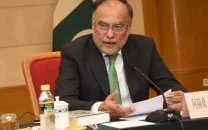
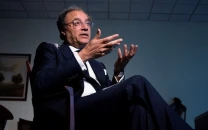


COMMENTS (1)
Comments are moderated and generally will be posted if they are on-topic and not abusive.
For more information, please see our Comments FAQ